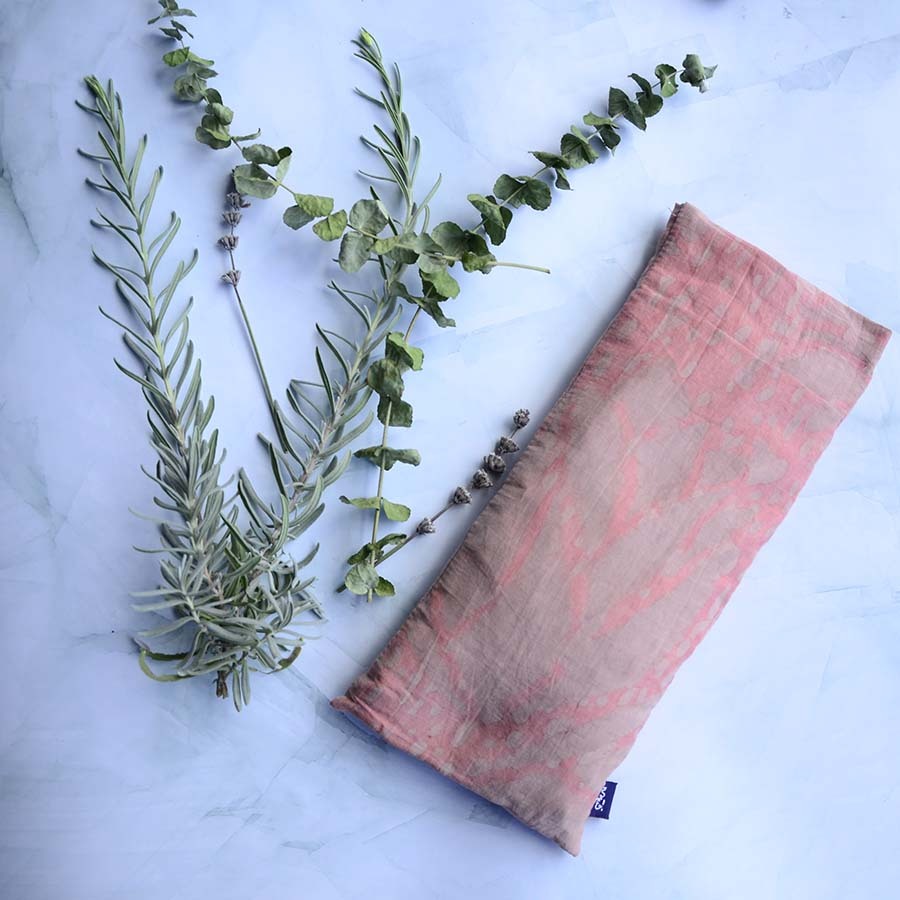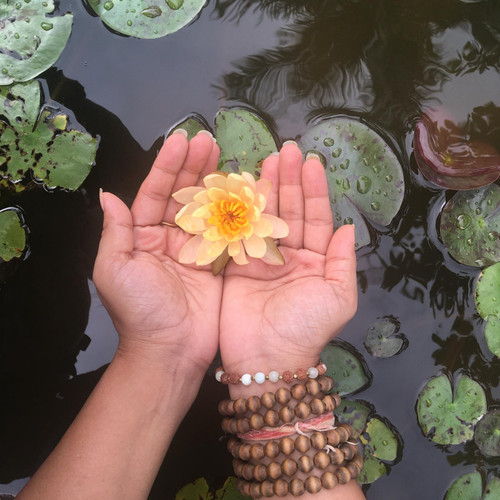What can I expect in a 10 day course at Vipassana
Posted by The Ichcha Team on 2nd Jun 2025
10 Days of Silence: What I Experienced at a Vipassana Meditation Retreat
If you're curious about what really happens at a 10-day Vipassana meditation retreat, you're not alone. I searched endlessly for answers before I went for my 10 day Silent Retreat — googling "what is Vipassana," "Vipassana experience," and "Vipassana retreat day-by-day." So I wrote this to share what I actually went through, in case you’re considering the same journey.
What Is Vipassana Meditation?
Vipassana means "to see things as they really are." It's one of the most ancient meditation techniques, rediscovered by Gautama Buddha over 2,500 years ago. The practice involves observing physical sensations in the body with equanimity to purify the mind and break cycles of craving and aversion.
What is equanimity? Equanimity, I learned, is about maintaining a calm and balanced mind—no matter what you're feeling. In Vipassana, you sit with whatever sensation arises—tingling, pain, warmth, restlessness—and you don’t react. You just observe. It is an interesting experience.
What is Vipassana 10 day course fee?
The retreat I attended was a 10-day silent course taught by Mr. S.N. Goenka. Everything — from food to lodging to teaching—was offered free of charge. Past students had donated so I could be there, and I donated so others could be there, and so the cycle has continued for years like this.
The Daily Routine
Each day at the Vipassana Daily Retreat began early—really early. A 4:00 AM bell woke us, and we meditated in near silence most of the day. The schedule didn’t vary, which helped me fall into a rhythm.
-
4:00 AM: Wake-up bell
-
4:30–6:30 AM: Meditation in the hall or in my room
-
6:30–8:00 AM: Breakfast break
-
8:00–9:00 AM: Group meditation
-
9:00–11:00 AM: More meditation, mostly alone
-
11:00–12:00 PM: Lunch
-
12:00–1:00 PM: Rest (and sometimes a quick chat with the teacher if needed)
-
1:00–2:30 PM: Meditation
-
2:30–3:30 PM: Group meditation
-
3:30–5:00 PM: Meditation again
-
5:00–6:00 PM: Tea break (just fruit and tea)
-
6:00–7:00 PM: Group meditation
-
7:00–8:15 PM: Evening discourse (video talk by Goenka)
-
8:15–9:00 PM: Final meditation of the day
-
9:00 PM: Time to sleep
Silence: No Talking, No Distractions
From Day 1, we observed “noble silence.” That meant no talking, no gestures, no eye contact. I was skeptical at first—would it be awkward? But surprisingly, it became one of the most liberating parts of the experience. I turned inward. And while the silence was hard at times, it also helped me really see what was going on in my mind.
Meals Cooked with Love
All the meals were vegetarian and simple. Breakfast and lunch were satisfying, and by evening we only had tea and fruit. At first, I missed dinner. But after a few days, I realized how little I actually needed. Volunteers cooked everything, and even in silence, I could feel the care and compassion in every meal.
Walks Became Meditations Too
We had short breaks throughout the day, and I used that time to walk in the open garden paths. Those walks—slow, mindful, silent—became meditations of their own. I observed everything more closely - the feel of the wind on my skin, the sound of gravel under my feet, the warmth of the sun, the short and tall trees, all the different stages of the pinecones, the chipmunks playing, and many more such things.
My Meditation Journey, Day by Day
Day 1–3: The beginning was intense. Learning Anapana (breathing awareness) made me realize how out of control my thoughts were. My body hurt. Every day was different from the last one. The assistant teachers were there every day guiding, helping, and answering any questions we had. So, it was allowed to talk to our assistant teachers when needed. So eventhough it was a silent retreat, I never felt alone or lonely.
Day 4–9: We started Vipassana—scanning the body for sensations. Emotions came up. Memories I’d buried years ago surfaced. I cried quietly more than once. But I also began to see patterns: how I reacted to pain, how I chased pleasure.
Day 10: The silence lifted. We could finally talk to each other again.
Day 11: This is the day you could leave. Vipassana last day schedule is that you are encouraged to leave before 10 am if you could. There is a 4 am meditation and there is light breakfast served. Everyone is trying to find a ride back home with someone if they don't have a ride. You also get your phones back this morning. You may also volunteer to help in cleaning up the space before you leave.
What I looked forward to every day
Every evening I looked forward to the discourse which was a video talk by S.N. Goenka. His gentle voice was like a lullaby right before we went to sleep.
I learned to meditate
The assistant teachers there helped us every day. They spoke to everyone every day. No one was left alone - not even the shy introverts like myself. So you would leave learning how to meditate on your own. This was important for me.
What Changed After I Left
The outside world felt louder, faster. But something inside me was quieter. I felt more patient. More aware. The constant mental chatter had dimmed.
Some people continue daily practice. I’ve done my best to keep it up, even if just for a few minutes a day. The lessons I learned—about impermanence, about reacting, about observing without judgment—are things I carry with me now. And I return year after year.
My Final Thoughts
This was one of the most profound experiences I’ve ever had. If you’re thinking about a 10-day Vipassana retreat and wondering what it’s really like, I hope this gives you an honest look. And I hope you decide to go for a course once.
Vipassana doesn’t promise magic. But it does show you something powerful: how to observe the world—and yourself—clearly, calmly, and with compassion. And for me, that changed everything. And I returned every year.
Where can I go
There are several locations. You can find a location on the site here: locations.
And you can find more information here: Dhamma
What should I take with me
- Meditation pillows will be provided, but if you have your own, you can carry that with you.
- Take a shawl or sweater and socks - as it tends to get cold while you are sitting.
- Take loose clothing.
- Take 2 reusable water bottles. One to keep hot water and the other for regular water.
- Take walking shoes for outside and slippers for inside.
- Bring one bedsheet and a pillow case.
- Alarm clock so you can wake up in the morning (although they play a dong)
- Toiletrys, Towels and Hand Soap
- Do not carry any books, diaries, candles, music, paper, pen etc. None of this is allowed.
- There might be laundry on site so you can wash your clothes
 |
 |
 |

